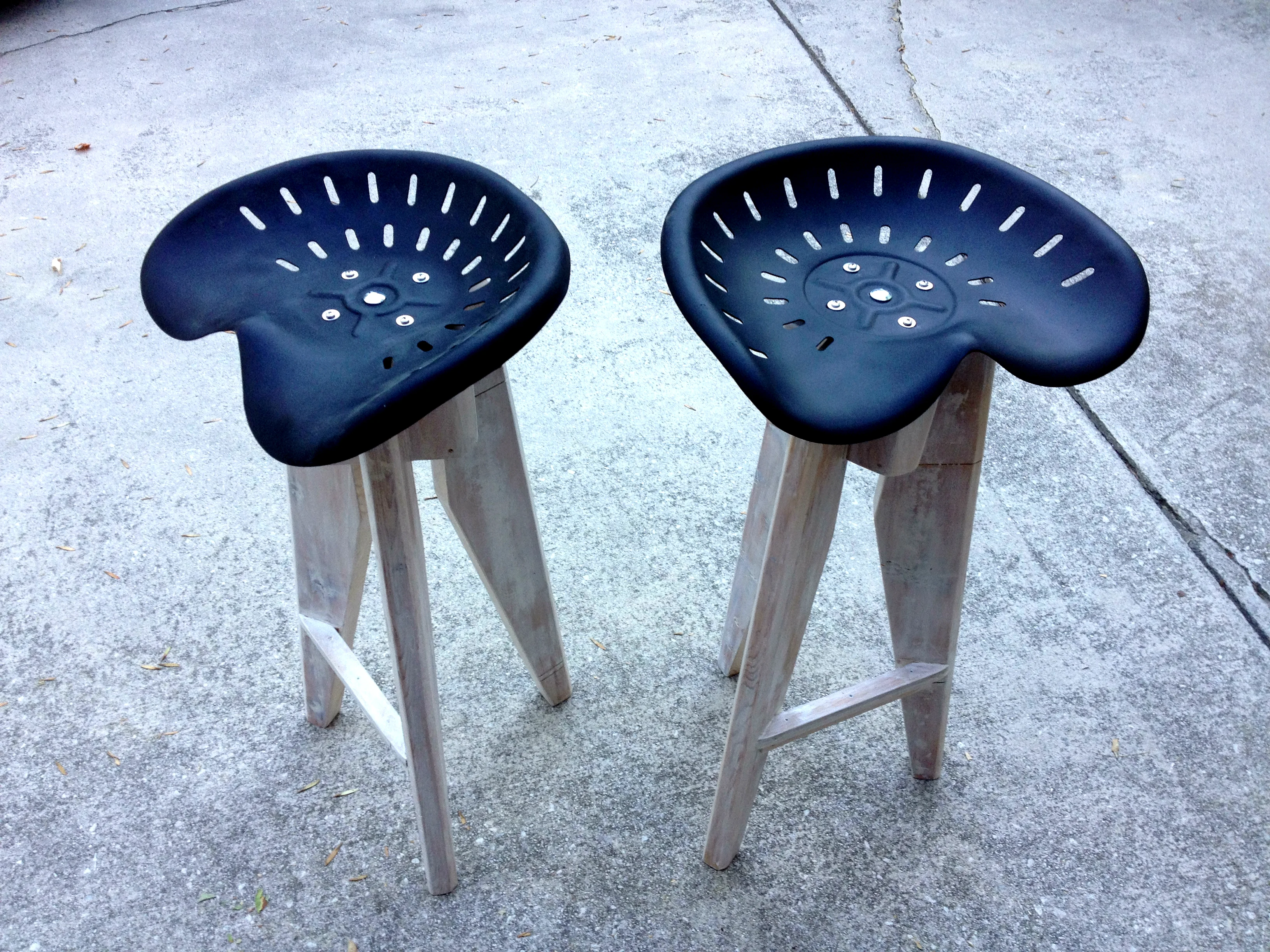A little less than two years ago, I submitted my first manuscript, Guerilla Furniture Design, to Storey Publishing. After six months of editing, we completed the photography and illustrations. I am now pleased to announce it is up for pre-sale on Amazon, and hits bookstores April 7th (barring shipping issues). During two-year process I have learned a great deal, moved halfway across the country, and worked to explore new methods of writing, research, and open source design. Instructables, the site that launched my writing career seven years ago, is now sponsoring a contest based on the book, with prize packs featuring furniture and posters designed by my (beautiful and brilliant) wife, Amanda Buck.
Amanda and I had the good fortune to hand-screen the posters at Baltimore Print Studios, run by our friends Kim and Kyle. BPS is a full-service letterpress and screen printing shop, offering workshops, press rental, and custom runs.
Read More



